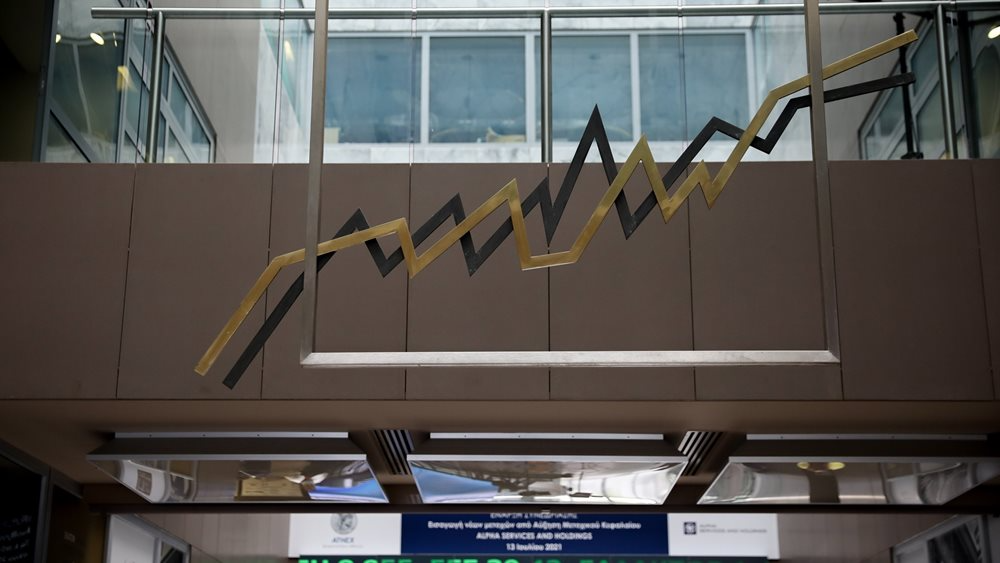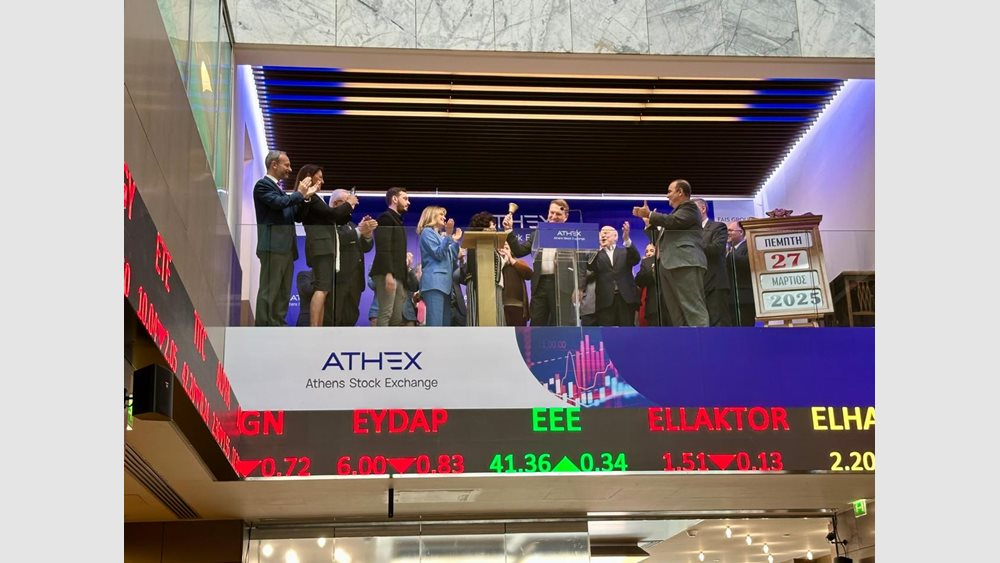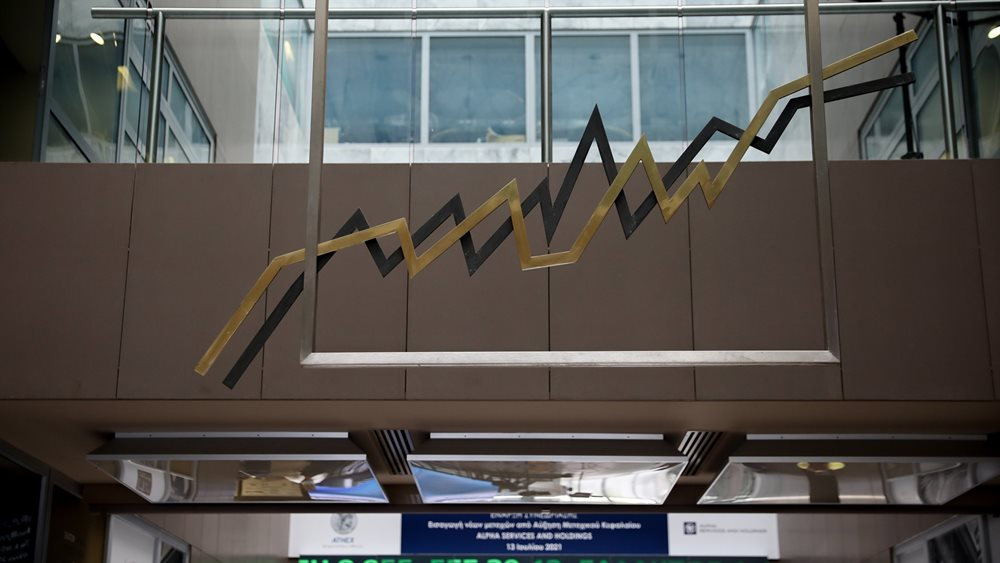
Inflation in the euro area rose slightly above forecasts in May, but Greece followed the opposite path as price pressures declined sharply.
Specifically, according to Eurostat's preliminary reading, the Eurozone consumer price index ran at a 2.6% annual rate in May from 2.4% in April, slightly beating analysts' estimate of a rise to 2.5%.
On a monthly basis, the May-April comparison showed that eurozone prices rose at a 0.2% pace, slowing from the 0.6% increase in the previous two-month comparison.
A diametrically opposed trend was seen in Greece, however, which saw the index fall sharply to 2.3% year-on-year from 3.2% last month.
Indeed, it was characteristic that Greece was the only country to show a monthly decline, as the May-April comparison showed that the index moved to -0.3%.
At the level of underlying inflationary pressures, the measure of so-called structural inflation, which excludes volatile energy, food and tobacco prices and which is more closely monitored by the ECB, also showed little increase.
In particular, the structural consumer price index accelerated in May to 2.9% year-on-year from 2.7% last month. On a monthly basis, structural inflation rose 0.4%, also slowing, as did headline, from 0.7% in the previous monthly comparison.
In the individual components of the measure, the critical (for long-term trends) services sector made the largest contribution to inflation growth as it rose at an annual rate of 4.1% in May from 3.7%.






